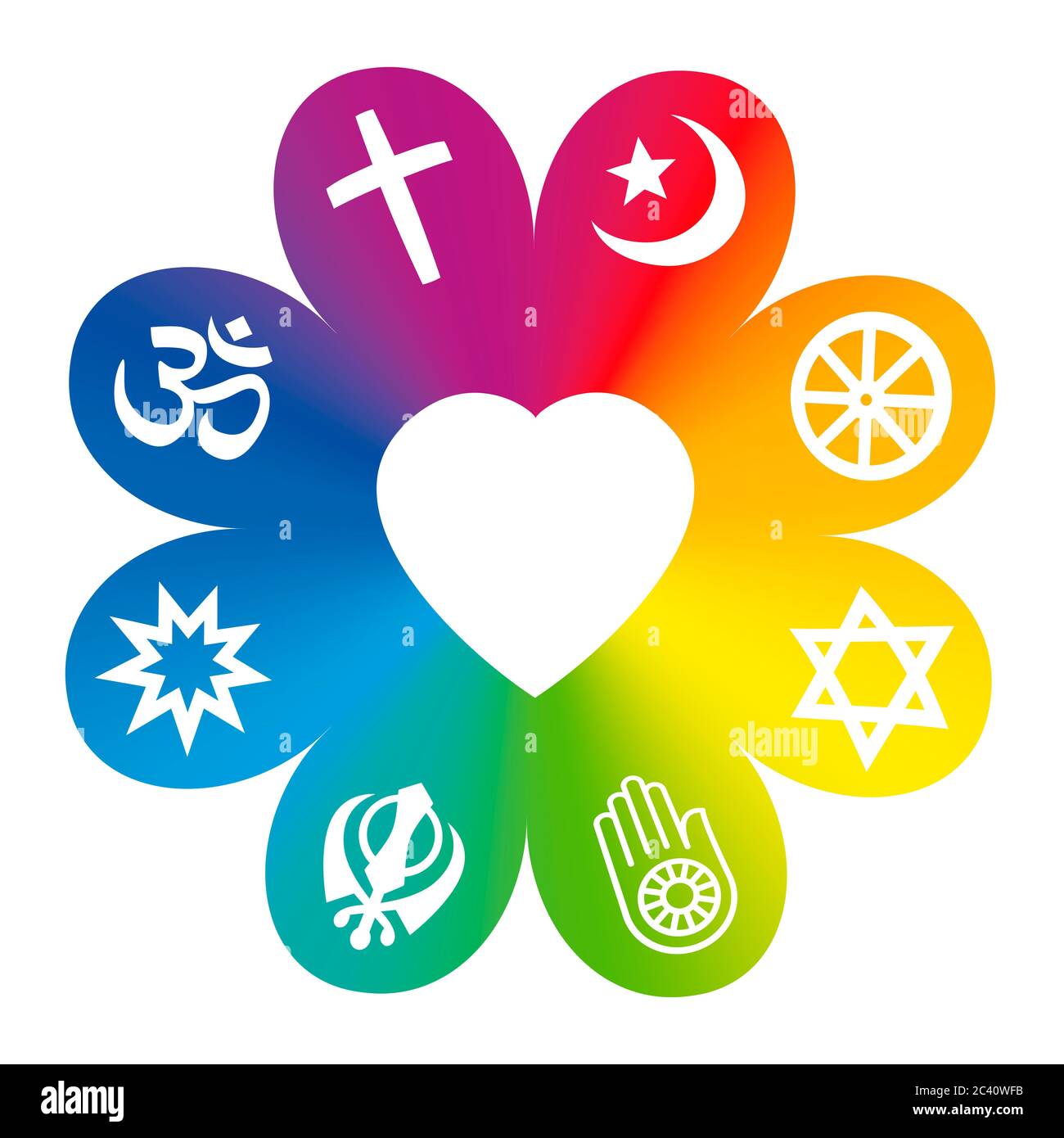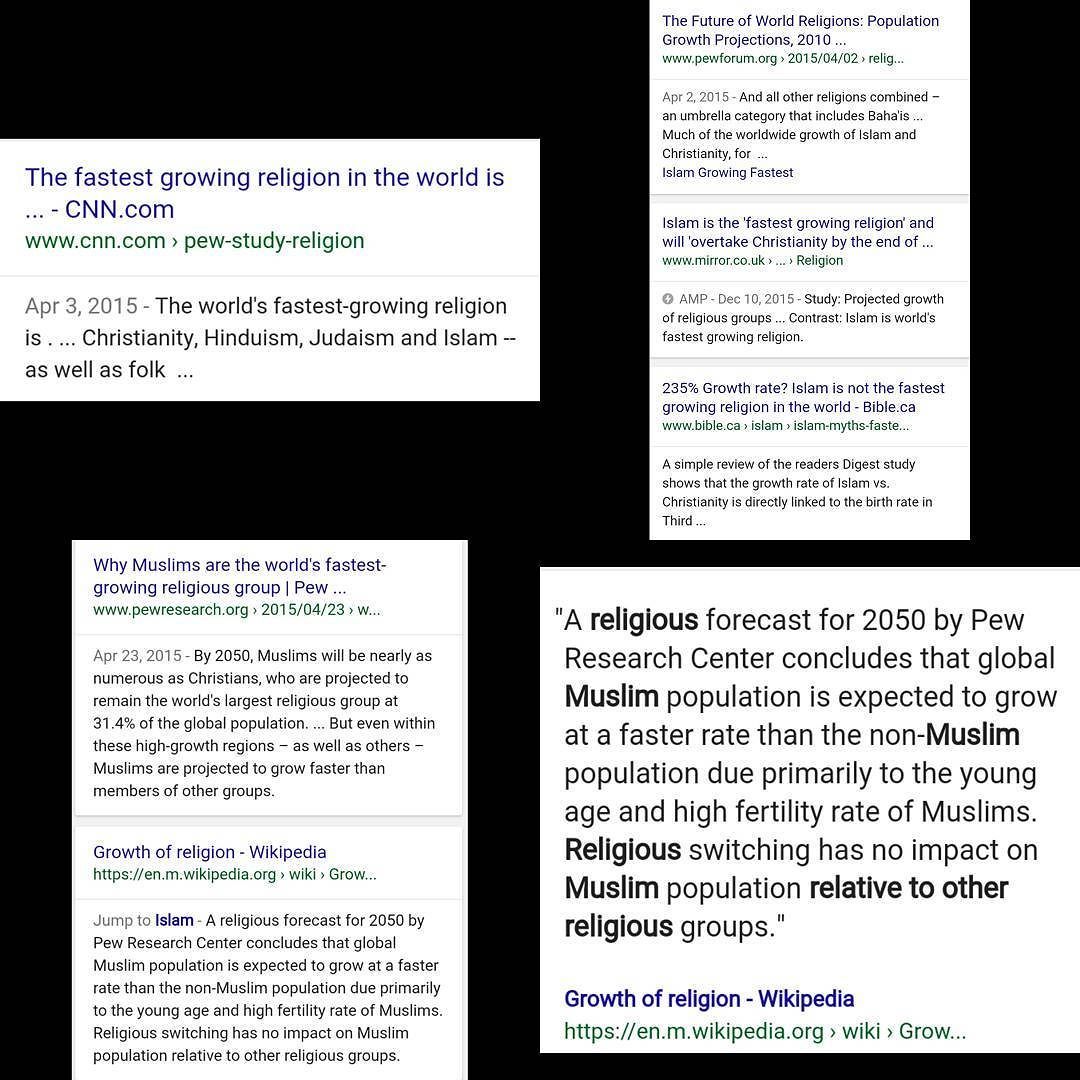Religious Strictness: Understanding Orthodoxy and Observance Across Faith Traditions
Understand religious strictness
Religious strictness refer to the degree of adherence to traditional religious laws, customs, and practices within a faith community. Quite than rank religions by severity, it’s more accurate to examine how different traditions approach orthodoxy and observance. Each major religion contain movements that emphasize strict adherence to traditional teachings alongside more liberal interpretations.
The concept of strictness vary importantly base on cultural context, historical period, and individual interpretation. What appear strict to outsiders may feel natural and meaningful to practitioners. Religious communities oftentimes develop their own standards of observance that reflect their understanding of sacred texts and traditions.

Source: ar.inspiredpencil.com
Orthodox Judaism and traditional observance
Orthodox Judaism maintain rigorous adherence to Jewish law (hKhalkha)as interpret through centuries of rabbinical scholarship. Orthodox communities follow detailed dietary laws ( (shrut ),)bserve the sabbath from fridFridayning to satuSaturdayning, and maintain traditional gender roles in religious practice.
Ultra orthodox or hard communities take observance alairfrequently separate themselves from secular society to maintain religious purity. These communities typically dress in traditional clothing, limit interaction with modern technology, and dedicate significant time to torTorahudy. Marriage arrangements frequently involve matmatchmakerthin the community, and secular education may be lilimitedn favor of religious studies.
The strictness extend to daily life through numerous blessings, prayers, and ritual observances. Men pray three times daily, wear prayer shawls and phylacteries, and study religious texts regularly. Women maintain laws of family purity, keep kosher homes, and frequently focus on raise children within the faith tradition.
Conservative Islamic practices
Traditional Islamic observance include the five pillars: declaration of faith, daily prayers, charity, fast during Ramadan, and pilgrimage to mecca. Conservative Muslim communities emphasize strict adherence to these practices alongside detailed behavioral guidelines derive from the Quran and hadith.
Salami and Wahhabi movements represent peculiarly conservative interpretations of Islam, emphasize literal readings of religious texts and rejection of innovations not present during the prophet Muhammad’s time. These communities oftentimes maintain strict dress codes, gender segregation, and limitations on music and entertainment.
Daily life involve five prayer sessions, dietary restrictions avoid pork and alcohol, and behavioral guidelines cover everything from business transactions to family relationships. Some conservative communities practice arrange marriages, limit women’s public participation, and maintain traditional gender roles.
Traditional Christianity and monastic life
Christian strictness manifest otherwise across denominations, with eastern orthodox, Roman catholic, and various protestant traditions each maintain their own standards of observance. Monastic communities represent the virtually rigorous form of Christian practice, involve vows of poverty, chastity, and obedience.
Conservative Christian communities oftentimes emphasize biblical literalism, traditional family structures, and separation from secular culture. Some groups practice strict dress codes, limit entertainment options, and maintain traditional gender roles in church leadership and family life.
Amish and Mennonite communities exemplify Christian separation from modern society, reject many technological advances and maintain agricultural lifestyles. These groups practice mutual aid, simple living, and community discipline for members who violate group standards.
Hindu orthodoxy and caste traditions
Traditional Hindu practice involve complex systems of ritual purity, caste obligations, and religious observances that vary by region and community. Orthodox Hindu communities maintain strict dietary guidelines, frequently include vegetarianism, and observe numerous festivals and religious ceremonies throughout the year.
Brahmin communities traditionally maintain the strictest observances, include daily prayers, ritual bathing, and careful attention to purity laws. Some traditional communities practice arrange marriages within caste groups and maintain occupational restrictions base on hereditary status.
Religious life include daily worship (ppupa) pilgrimage to sacred sites, and observance of numerous fast days and festivals. Traditional communities may restrict interaction between castes and maintain specific dietary and social customs pass down through generations.
Buddhist monastic discipline
Buddhist monasticism involve adherence to the Vijaya, a detailed code of conduct contain hundreds of rules govern monastic life. Monks and nuns take vows of celibacy, poverty, and non-violence while dedicate themselves to meditation and study.
Theravada Buddhism maintain peculiarly strict monastic codes, with monks follow 227 rules and nuns observe level more detailed regulations. Monastic communities oftentimes practice silent periods, vegetarian diets, and daily meditation schedules last many hours.

Source: havefunwithhistory.com
Some Buddhist communities practice intensive retreat periods involve minimal sleep, restrict eating, and continuous meditation. These practices aim to achieve spiritual insight through discipline mental training and detachment from worldly concerns.
Factors influence religious strictness
Several factors contribute to vary levels of religious observance within faith communities. Historical persecution oftentimes strengthens commitment to traditional practices as communities seek to preserve their identity. Geographic isolation can maintain strict observance by limit exposure to outside influences.
Leadership structure importantly impact community standards, with centralized religious authority typically maintain stricter observance than decentralized movements. Educational emphasis on religious texts and traditions reinforce strict practice across generations.
Economic factors besides play a role, as communities with strong internal economies can maintain separation from secular society more well. Social pressure within besotted knit religious communities encourage conformity to group standards.
Modern challenges to traditional observance
Contemporary religious communities face numerous challenges in maintain traditional levels of observance. Globalization expose isolated communities to outside influences, while modern technology create new questions about traditional practices.
Younger generations oftentimes question inherit traditions, lead to tensions between maintain authenticity and adapt to modern circumstances. Educational opportunities outside religious communities can lead to decrease observance as individuals encounter alternative worldviews.
Legal systems in secular societies sometimes conflict with traditional religious practices, force communities to adapt their observances. Economic pressures may require participation in secular employment that conflict with traditional restrictions.
Benefits and criticisms of strict religious practice
Supporters of strict religious observance point to benefits include strong community bonds, clear moral guidance, and preservation of ancient traditions. These communities oftentimes demonstrate low crime rates, strong family structures, and mutual support systems.
Critics raise concerns about individual freedom, gender equality, and educational limitations within rigorously observant communities. Some argue that rigid adherence to ancient practices prevent adaptation to modern ethical understanding and social progress.
Mental health impacts vary importantly, with some individuals find peace and purpose in structured religious life while others experience anxiety and restriction. The effectiveness of strict religious practice mostly depend on individual temperament and voluntary participation.
Conclusion
Religious strictness can not be measure on a single scale, as different traditions emphasize different aspects of observance. Instead, than identify th” strictest” religion, it’s more productive to understand how various communities balance tradition with adaptation, individual freedom with community standards, and spiritual goals with practical living.
Each religious tradition contain movements range from liberal to conservative, with the strictest observance typically find in monastic communities or isolate traditional groups. The value of strict religious practice finally depend on individual choice, community support, and the ability to maintain authentic spiritual life while address contemporary challenges.
MORE FROM cheerdeal.com













